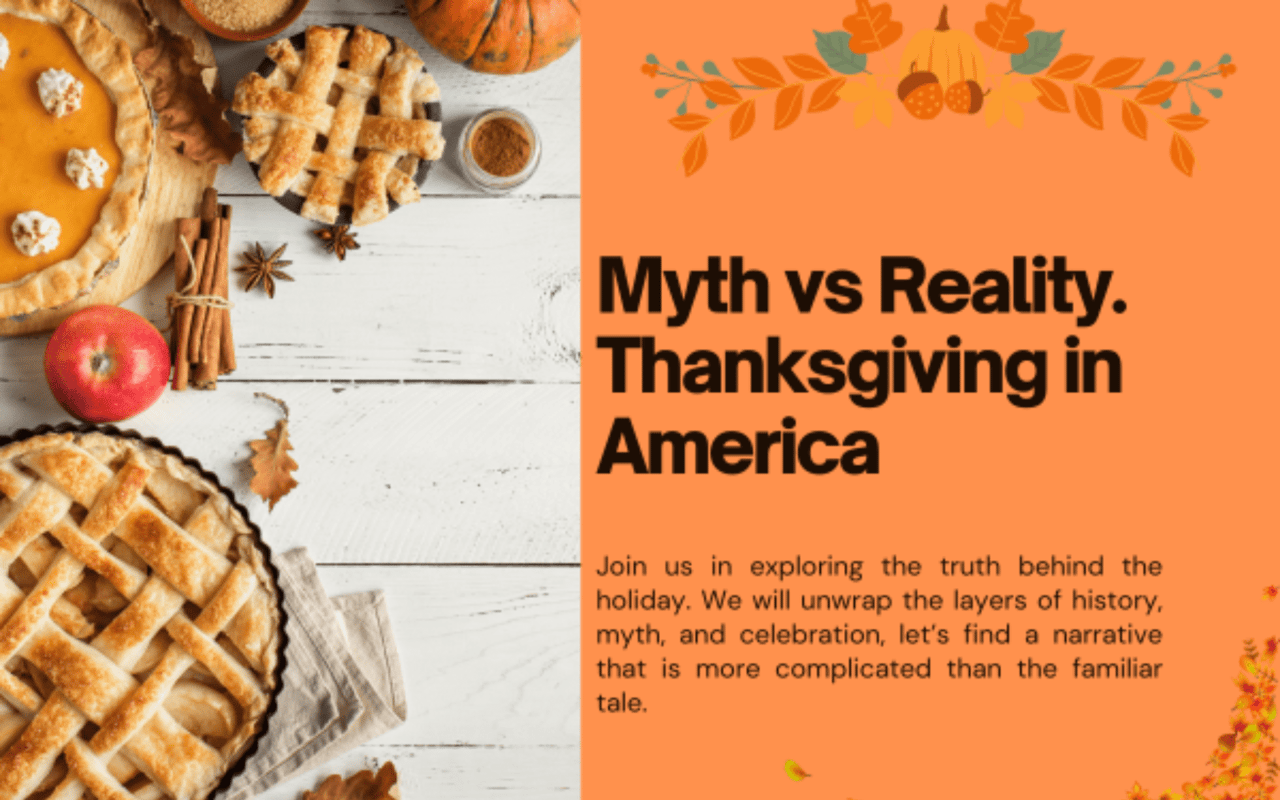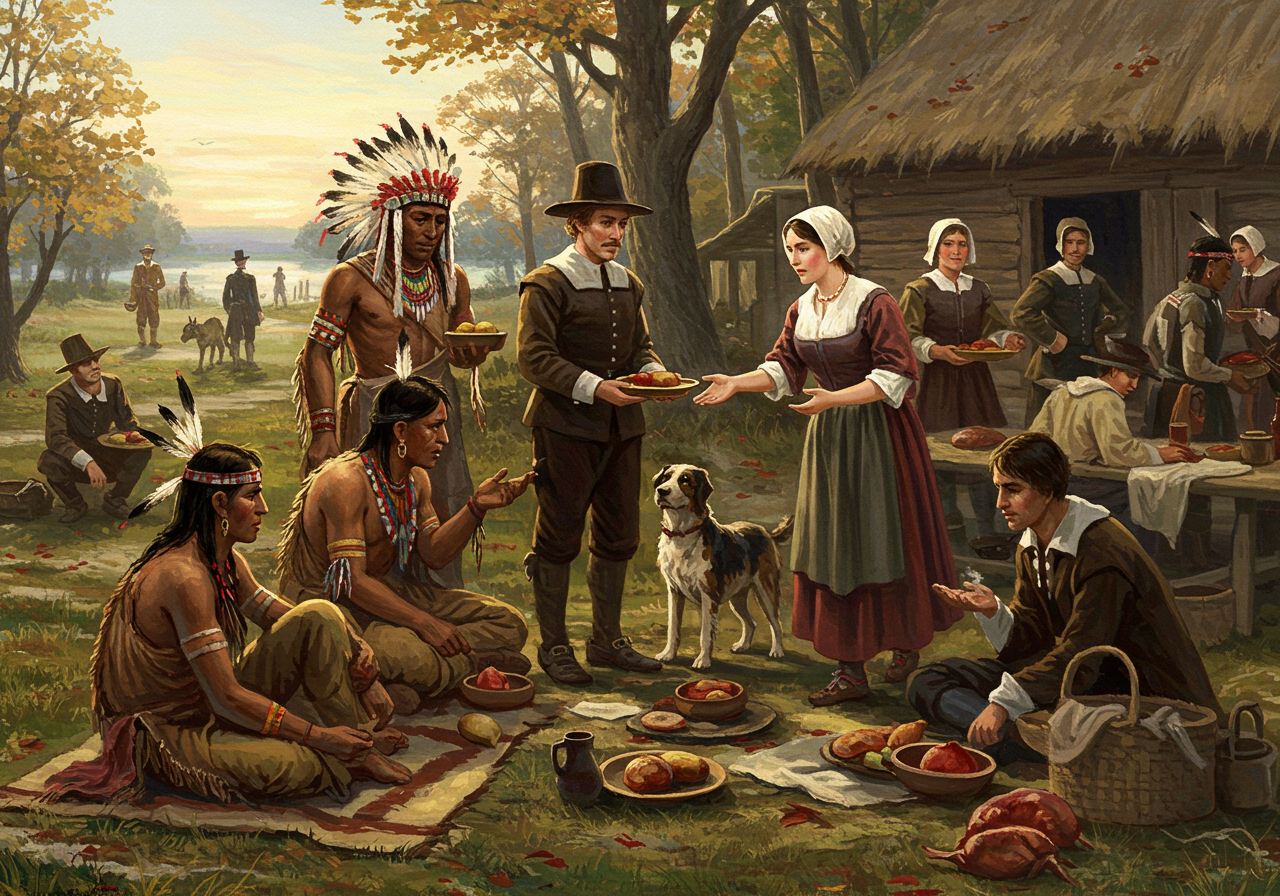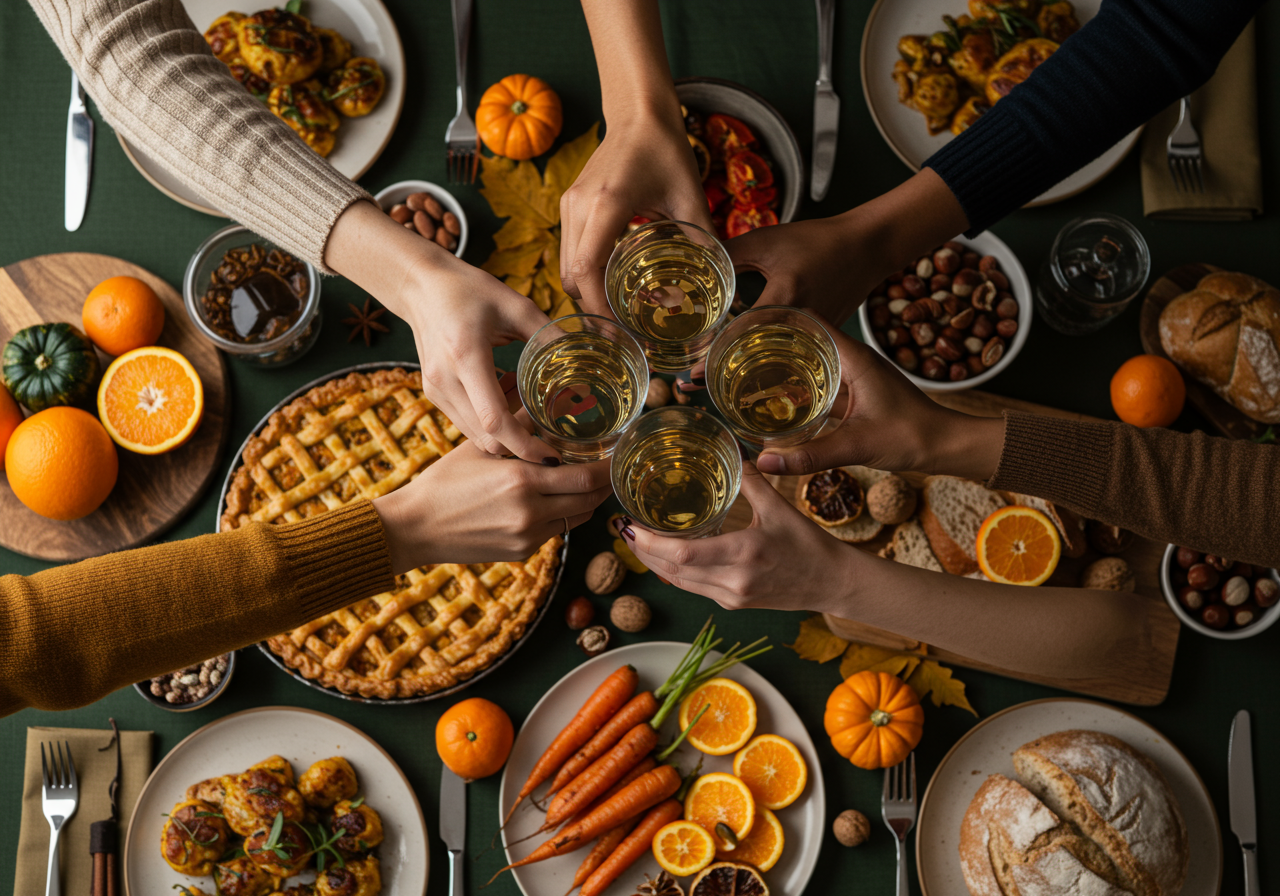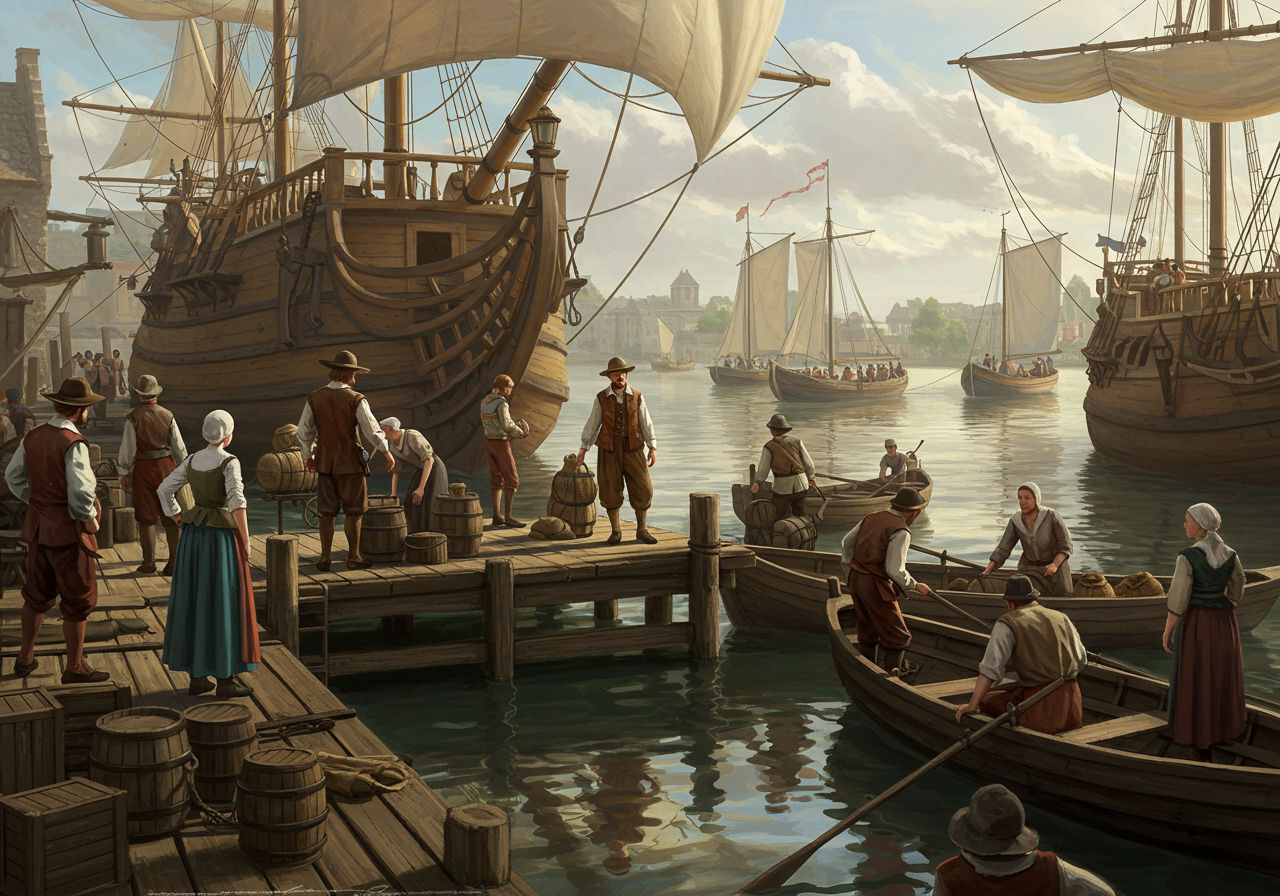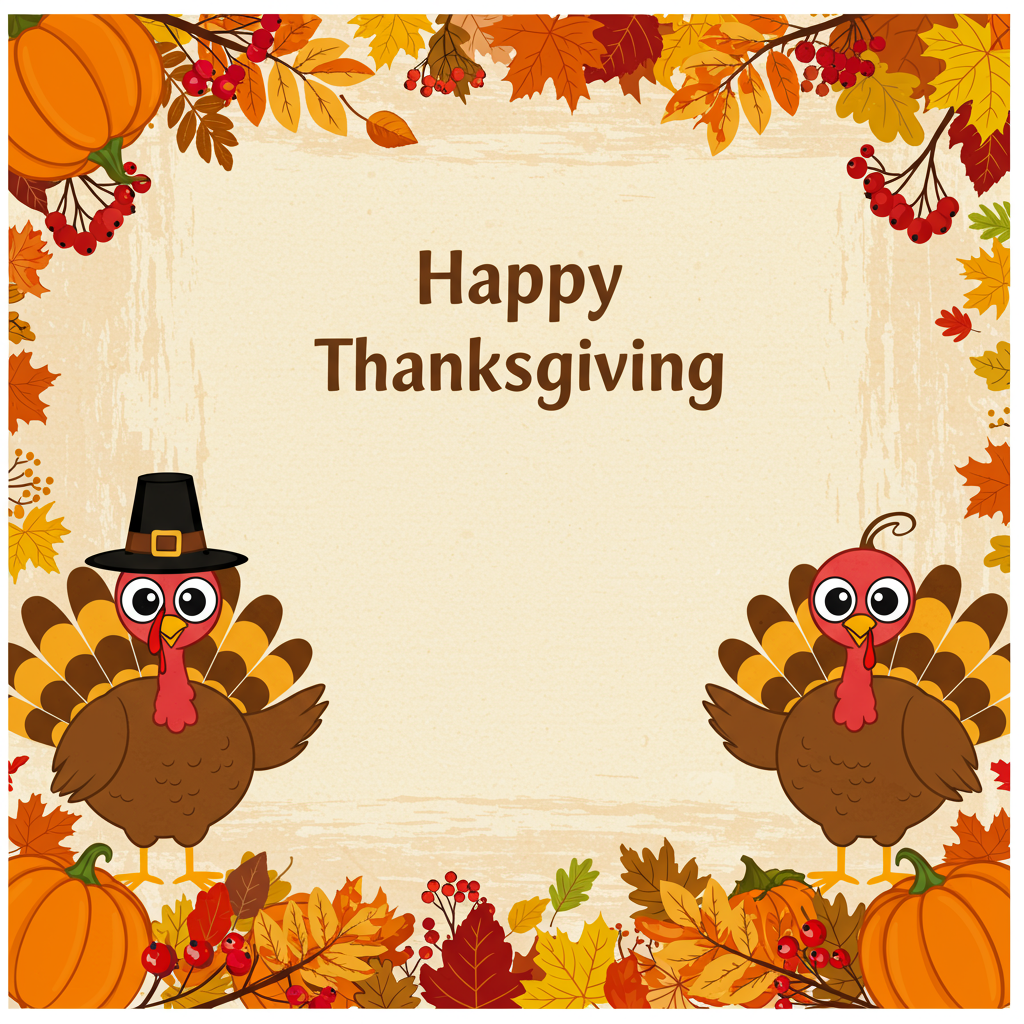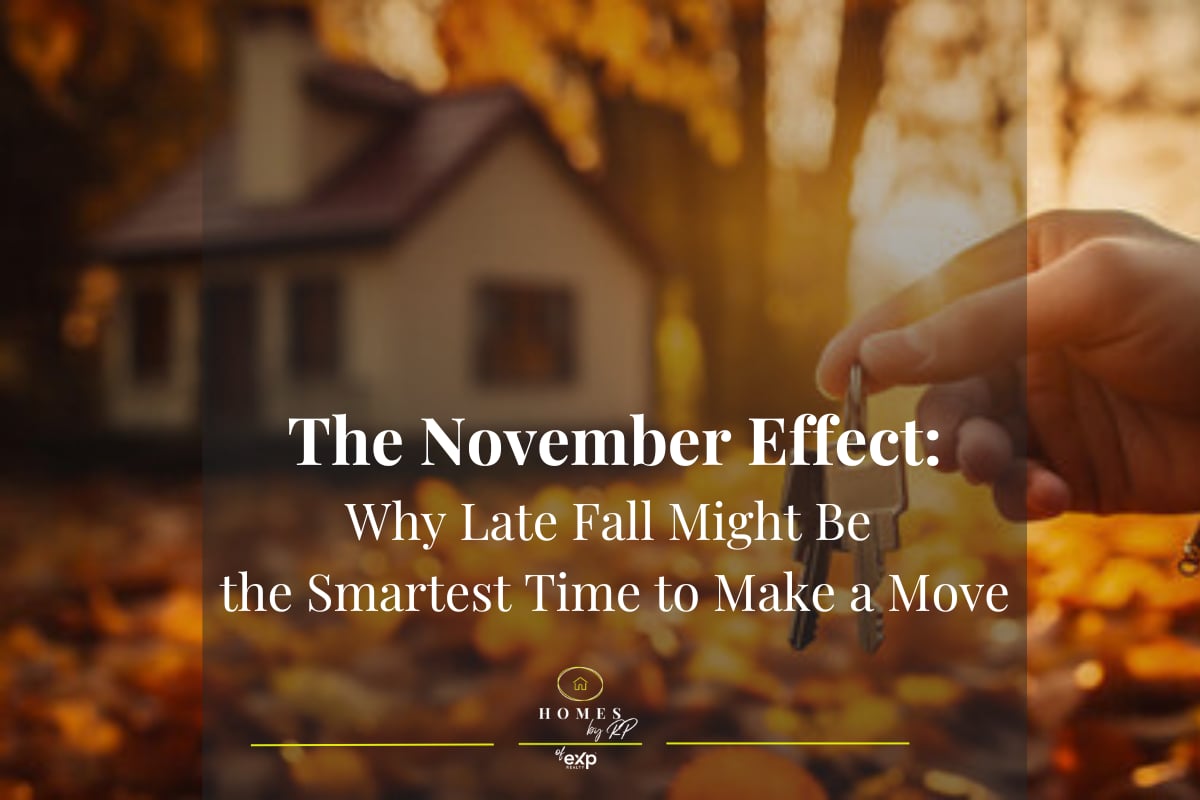Thanksgiving in America, with its iconic image of a friendly feast shared between Pilgrims and Native Americans, has become an integral part of American culture. However, as we unwrap the layers of history, myth, and celebration, we find a narrative that is more complicated than the familiar tale.
Thanksgiving in the United States is a cultural touchstone, deeply rooted in the nation’s history. However, the popular narrative of the “First Thanksgiving” at Plymouth in 1621 obscures the complexity of historical events and the amalgamation of cultural influences that have shaped the holiday over the centuries (Silverman, 2019). In this exploration, we’ll journey through the origins of Thanksgiving, separating fact from fiction, understanding the historical context, and reflecting on how this holiday is interpreted and celebrated today.
Origins and Early Celebrations of Thanksgiving
The inception of Thanksgiving can be traced back to the English tradition of Harvest Home. The Pilgrims, seeking religious freedom, brought this custom with them to the New World. The harsh conditions of their first winter prompted a celebration in 1621, likely a harvest festival, rather than a formal day of thanksgiving as we understand it today. Historical records indicate that the Wampanoag people, particularly their leader Massasoit, were participants in this event. (Burgos, 2019)
However, much of what we commonly know about the “First Thanksgiving” in 1621 is shrouded in myth. The sole written account comes from Edward Winslow, a participant in the event. Edward’s letter, the only written account of the 1621 feast, offers insights into the dynamics of the Pilgrims’ interaction with the Wampanoag. (Silverman, 2019 However, its brevity and lack of detail raise questions about the accuracy and comprehensiveness of our understanding of the event.
His letter describes a celebration with the Wampanoag people lasting for three days, a far cry from the modern one-day feast. Only 53 of the original Mayflower settlers survived to be in there, joined by Wampanoag leader Massasoit and around 90 men. (Burgos, 2019) The lack of details leaves us with uncertainty about the participants, the date, and the food served.
Feast or Famine? The Thanksgiving in America Menu
Contrary to popular belief, the menu at the “First Thanksgiving” diverged significantly from the modern-day Thanksgiving feast. While venison is explicitly mentioned, the identity of the “fowle” remains ambiguous. Distinctions between waterfowl and turkey in historical accounts add a layer of uncertainty to our knowledge of the menu. It is essential to recognize that the Pilgrims and Wampanoag likely partook in a diverse array of locally available foods. They likely consumed waterfowl like ducks and geese, along with venison.
Controversies and Perspectives
The application of the term “First Thanksgiving” is contentious, given that Native American communities had a longstanding tradition of giving thanks before the arrival of the English. The Wampanoag and other Native peoples had engaged in harvest celebrations, rendering the Plymouth event neither the “first” nor a true “Thanksgiving” in their cultural context. (Silverman, 2019)
Now let’s discuss the historical inaccuracies surrounding the Thanksgiving myth and its impact on the Wampanoag Indians.
The Thanksgiving myth erases the history of Native people in America before the arrival of Europeans. The myth implies that history only began for Native Americans when Europeans arrived, dismissing thousands of years of Native presence and culture. According to David Silverman in his book: “This Land Is Their Land: The Wampanoag Indians, Plymouth Colony, and the Troubled History of Thanksgiving,” By 1620, Wampanoags had already experienced contact with Europeans, including instances of slave raiding. The Wampanoags’ alliance with the English, symbolized by the Thanksgiving feast, was not based on innate friendliness but was a strategic move by Ousamequin to protect his people against tribal rivals and rebellions. (Silverman, 2019)
The Thanksgiving myth fails to address the deterioration of this relationship, culminating in King Philip’s War, a devastating conflict that shifted the balance of power in favor of European arrivals. That’s why Native Americans’ relationship with Thanksgiving is diverse and complex. While some communities embrace the holiday, considering it an opportunity to express gratitude, others observe it as a national day of mourning. Initiated by Wampanoag community members in 1970, this alternative perspective underscores the negative consequences of European colonization and the loss of their land and beloved ones.
Thanksgiving as a National Holiday
The evolution of Thanksgiving into a national holiday involves key historical milestones. Thanksgiving’s evolution from a one-time harvest celebration to a nationwide holiday started in 1777, when the Continental Congress proclaimed a day of Thanksgiving to commemorate the victory at Saratoga. George Washington and later other presidents issued Thanksgiving proclamations. However, the holiday wasn’t consistently celebrated until Sarah Josepha Hale’s efforts in the 19th century. Abraham Lincoln’s 1863 Thanksgiving proclamation, responding to Hale’s advocacy, contributed to the establishment of Thanksgiving as a national holiday.
Modern Thanksgiving Traditions
Today, Thanksgiving is a multifaceted celebration characterized by family gatherings, feasts, parades, and football. The influence of so many people and inheritances around the myth persists, shaping modern interpretations and traditions. The post-Thanksgiving shopping celebration known as Black Friday has become an integral part of the holiday season, starting to be reshaping it into different times and purposes.
Conclusion
Thanksgiving in America, with its myth-laden historical roots, is a testament to the intricacies of cultural narratives. With its roots in a complex history and intertwined with myth, it stands as a testament to the evolution of cultural narratives. Searching the layers reveals a story of survival, cooperation, and conflict full of blood and violence, but also the melding of diverse traditions and times. As Americans gather around tables in November, it’s essential to reflect not only on the mythical “First Thanksgiving” but also on the diverse perspectives that contribute to the rich tapestry of this celebrated holiday.
As we embark on another Thanksgiving, let us embrace the true spirit of gratitude and unity. Whether we gather around tables laden with traditional dishes or engage in new customs, the essence of Thanksgiving lies in the shared warmth of family and friends. In the mosaic of our diverse narratives, let this holiday be a reminder to appreciate the unique stories that shape us. May your Thanksgiving be filled with laughter, love, and the joy of shared moments. I wish you and yours a splendid and heartwarming Thanksgiving celebration.
References
Burgos, C. (2019, November 26). The Myths of the Thanksgiving Story and the Lasting Damage They Imbue Smithsonian Magazine. Link here.
Ground, P. (2011). Re-Thinking Thanksgiving: The Complete Story of an American Holiday Nynpa. Link here.
Silverman, D. J. (2019). This Land Is Their Land: The Wampanoag Indians, Plymouth Colony, and the Troubled History of Thanksgiving Bloomsbury
